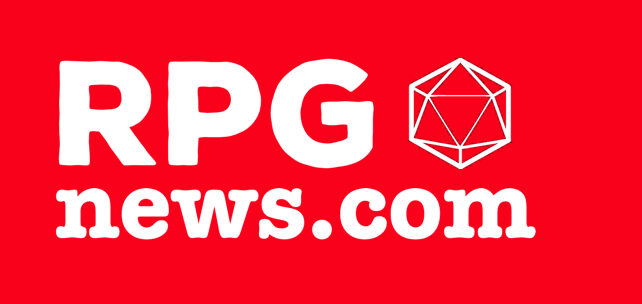New US tariffs have hit the world, and the tabletop gaming industry is bracing for impact. Every company (including us) will be doing a thorough analysis of how the recent US tariffs will affect their business, and then plan accordingly.
Of the raft of global tariffs on US imports declared yesterday, two in particular affect the tabletop gaming industry–the tariffs on the EU and on China.
The new tariff on goods manufactured in the EU is 20%, while those which originate in China are 34%. This is in addition to a recent 20% tariff on China, raising that level to 54%.
The tariff applies to the place of origin of a product, not the country where the company is registered. Many game companies in Europe, the UK, and Scandinavia print books in the EU; and more complex products which require boxes or other components, including those from game companies in the US, often come from China. The tariff on UK-produced products is 10%, but most UK-based companies print in the EU and China.
There is something called the ‘de minimis threshold‘, and generally shipments below that value do not incur tariffs. In the US that is currently $800, and it mainly affects individual orders bought from overseas. However, as of yesterday, that no longer applies to goods made in China. It also won’t help with shipments of inventory (such as a print run) shipped to a US warehouse from the EU. When somebody in the US orders a book from, say, a UK game company, that order will often be fulfilled from inventory stored in a US warehouse rather than shipped directly from the UK. That US inventory will have incurred the tariff when it was shipped as part of a larger shipment.
A shipment of our books from our printer in the EU
Of course, these aren’t the only way that tariffs can affect prices. Even products manufactured in the US might use materials or components from China, Canada, or the EU, and that will affect the production cost of those products. For example, a US printer which uses paper sources in Canada is going to have increased costs.
How might game companies go about handling these increased costs?
-
Eat the tariff themselves. That might be possible in come instances, but the size of them will likely make that non-feasible. Most game products do not have a 54% profit margin.
-
Manufacture in the US. That solution might be feasible but runs into a couple of barriers. (1) US printing costs tend to be higher; (2) goods would then have to be exported to the EU, Canada, and other countries, which may have reciprocal tariffs in place; (3) US printing capacity isn’t up to the task (remember printers don’t just print games–we’re talking books); (4) US non-book game component manufacture capacity is even more difficult; (5) splitting a print run between a US and EU or Chinese printer greatly reduces the per-unit manufacture cost as the volume at each location will be halved; (6) as the recent DTRPG printing cost increase shows, even US printers use raw materials from elsewhere.
-
Pass the cost along to customers. This, unfortunately, is probably going to be the most feasible result. This means that the price of games will be going up.
This might also mean a shift towards digital sales which–currently–are not affected. Print-on-demand costs have already increased by as much as 50% in the US.
Note: please keep discussion to the effect of tariffs on the game industry. This forum isn’t the place to discuss international politics.
Read more at this site
